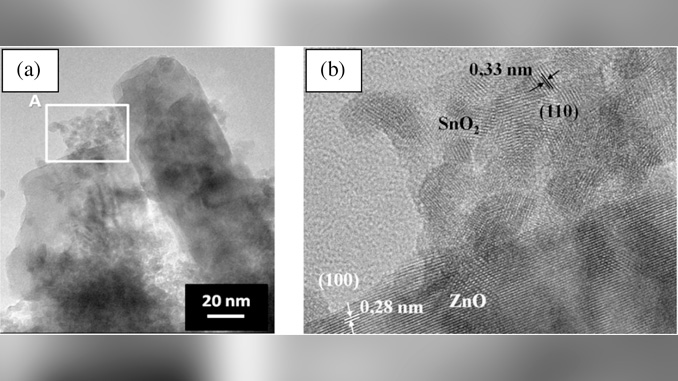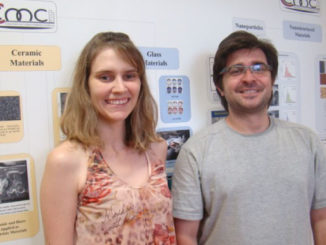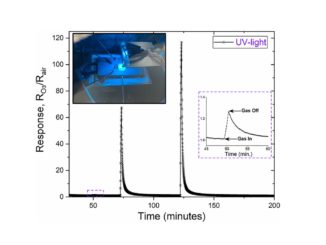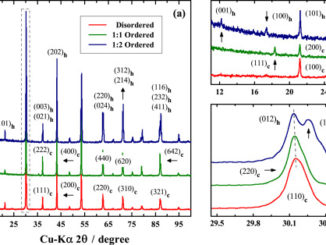
Writers: Luís F. da Silva and J.-C. M’Peko and Ariadne C. Catto and Sandrine Bernardini and Valmor R. Mastelaro and Khalifa Aguir and Caue Ribeiro and Elson Longo
Keywords: Hydrothermal; Heterojunction; ZnO; SnO2; UV light; Ozone sensor
Abstract: The sensitivity of ZnO-SnO2 heterojunctions to ozone gas was investigated in this work, the two-phase materials of which were prepared via a hydrothermal route, resulting in nanocomposites in which the formation of heterojunctions was confirmed by microscopy analyses. While the sensing effectiveness of these materials is currently verified for application above 150 °C, these temperatures are here drastically reduced to room temperature by considering sensing activity under continuous \{UV\} irradiation, even for ozone concentrations as low as 20 ppb. This approach resulted in a fast sensing response, a short recovery time and a good selectivity compared to other gases, demonstrating a great potential of such heterojunctions for applications in environmental monitoring devices.




